How Many Days Should a Bug Out Bag Last?
When preparing for emergencies, one of the fundamental questions novice preppers ask is: "How many days should a bug out bag last?" A bug out bag, designed to help you survive away from home after an evacuation, is a cornerstone of any preparedness strategy. The goal is simple: have enough supplies to last until you reach safety or until the situation stabilizes. However, determining the ideal duration for your bug out bag can depend on several factors, including the number of people, the climate of your area, and the types of emergencies you anticipate. In this post, we'll explore these considerations, using the 2-Person 72-Hour Premium Bug Out Bag from Denver Survival as a reference point.
Understanding the Standard: The 72-Hour Rule
The conventional wisdom in the preparedness community is to plan for at least 72 hours. This timeframe is based on the typical duration for emergency services to restore critical infrastructure following major disasters. Denver Survival’s 2-Person 72-Hour Premium Bug Out Bag is designed with this standard in mind, equipped to support two people for three days with a variety of essential items.Bug Out Bag Key Contents:
- Water and Filtration: Water pouches and a filtration system, critical because access to clean water is often compromised after a disaster.
- Food Supplies: Ready-to-eat meals and high-calorie bars, providing sufficient nutrition without the need for cooking.
- First Aid Kit: Compensates for potential delays in medical services and addresses immediate health concerns.
- Shelter and Warmth: Includes a tent, body warmers, and emergency blankets, vital for maintaining body heat and protection from the elements.
Factors Influencing Duration
Number of People
The more people in your group, the more resources you'll need. While a 72-hour bag is designed for short-term survival, consider scaling up the contents if your family is larger than two people, or planning additional bags accordingly.
Climate
Your local climate plays a crucial role in what you should pack. For colder regions, extra warmth items like thermal blankets and additional body warmers are essential. Conversely, in hotter climates, more water and sun protection gear might be necessary to prevent dehydration and heatstroke.
Potential Emergencies
The nature of potential emergencies also impacts what you pack. If you live in an area prone to hurricanes, your bag should include waterproof items and ways to secure personal documents. For wildfire-prone zones, respiratory protection and fire-resistant materials are a must.
Customizing Your Bug Out Bag
While the standard 72-hour bag is a good starting point, here are some suggestions to tailor your bag to your specific needs:
- Extended Duration: For those in remote areas or where help might take longer to arrive, consider expanding your supplies to last up to a week. This could include additional food, water supplies, and possibly a larger or more comprehensive medical kit.
- Personal Medications and Hygiene Products: Always include a supply of any prescription medications, along with basic hygiene products which are not typically included in standard bags.
- Communication Tools: In addition to the basic emergency radio, consider adding a fully charged power bank and possibly a satellite phone if you anticipate being far from cell service areas.
Conclusion
The ideal duration for a bug out bag can vary based on many personal factors. While the 72-hour rule is a solid foundation, assessing your specific situation and potential risks will guide you to better prepare for the unknown. Remember, the goal of a bug out bag is not just to survive, but to do so with a level of comfort and security that can make a significant difference in stressful situations. Customize your bug out bag wisely, and always be prepared to adapt as your circumstances change.


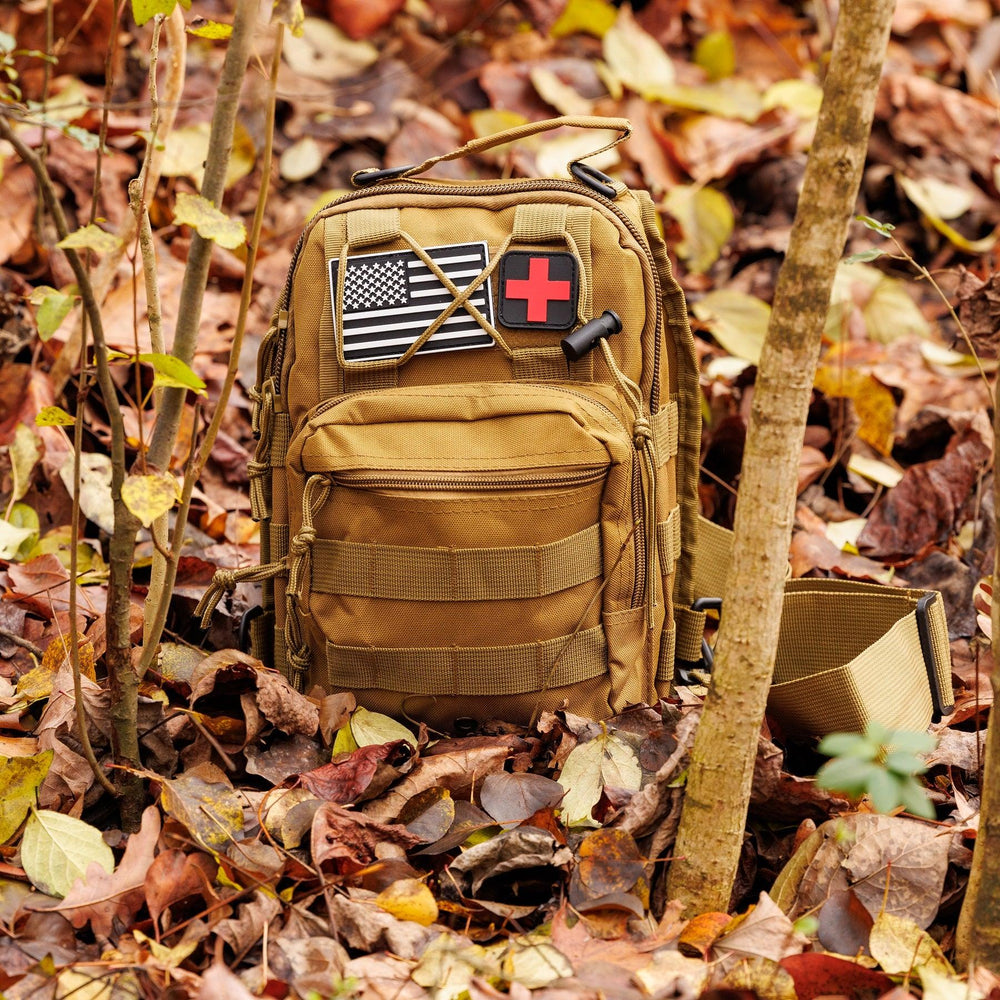
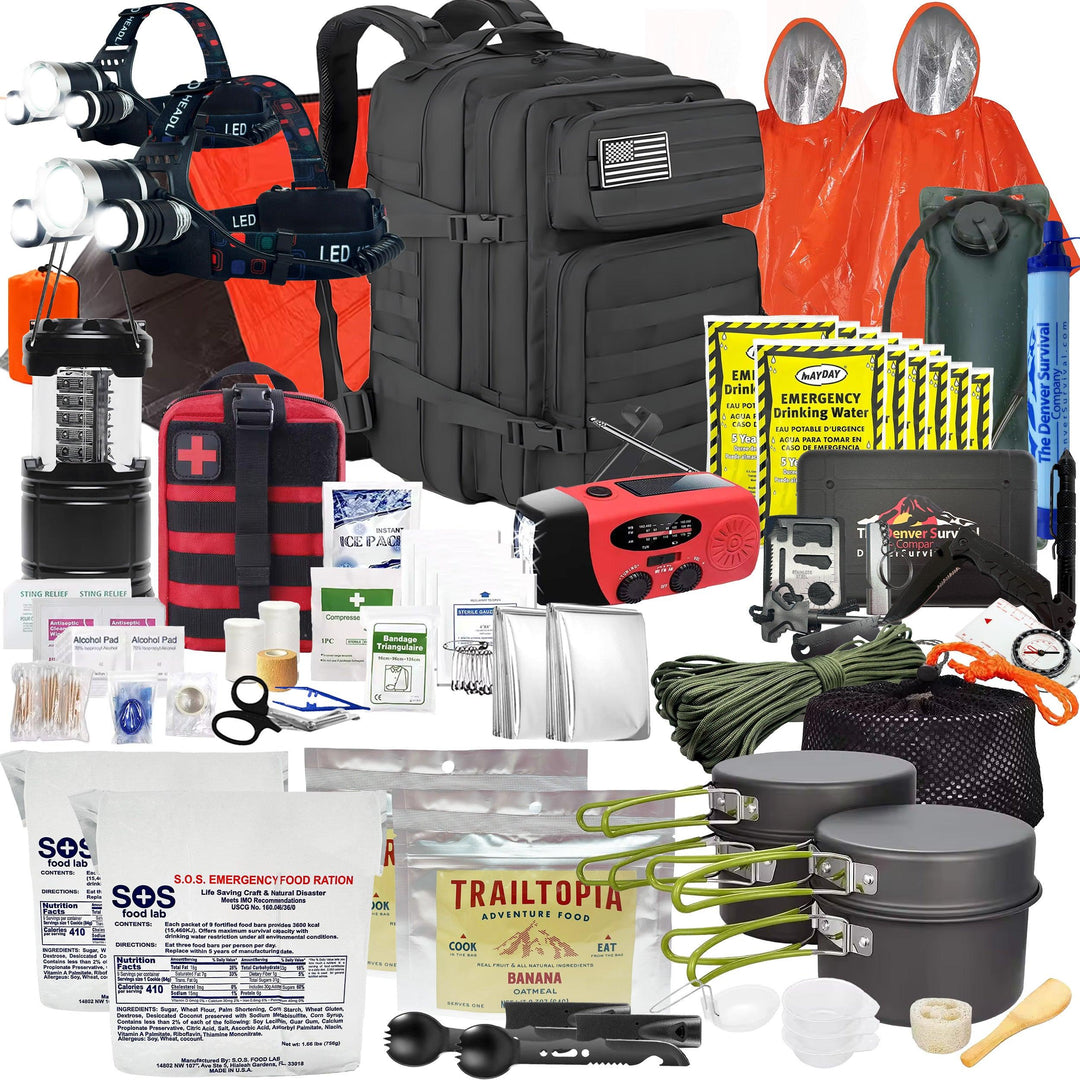
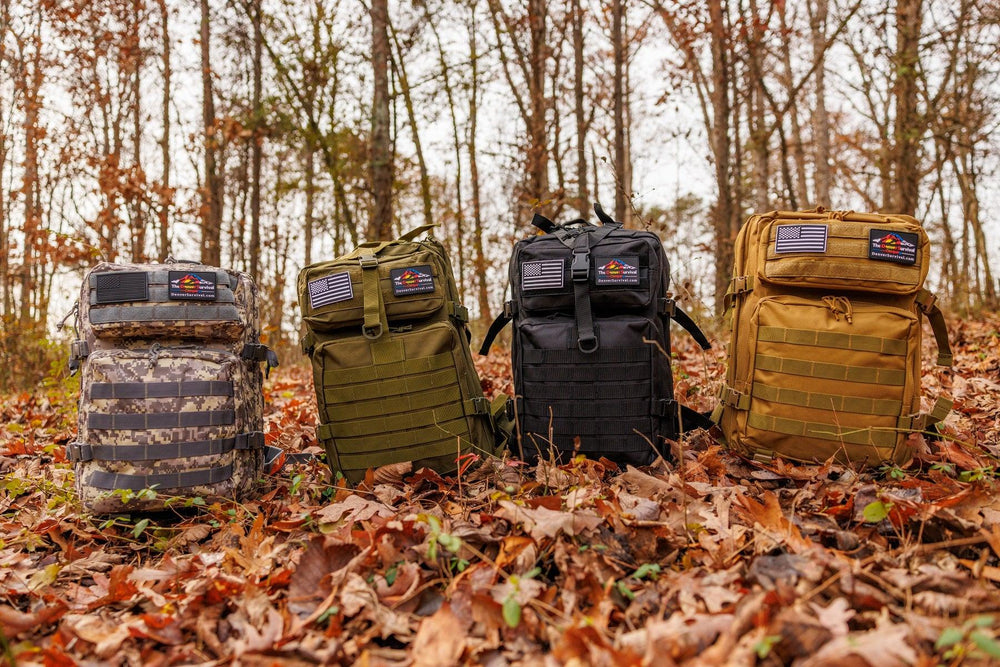
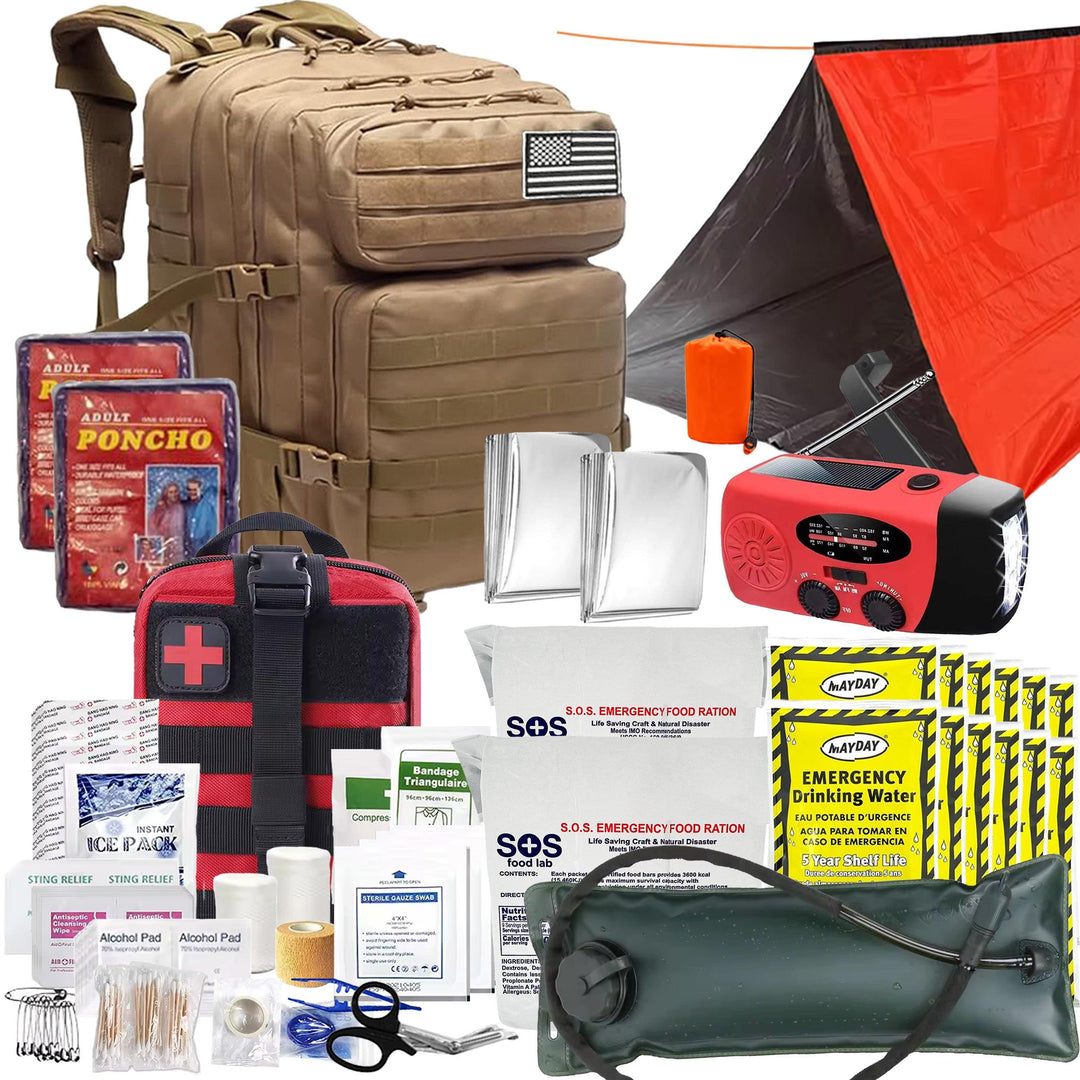
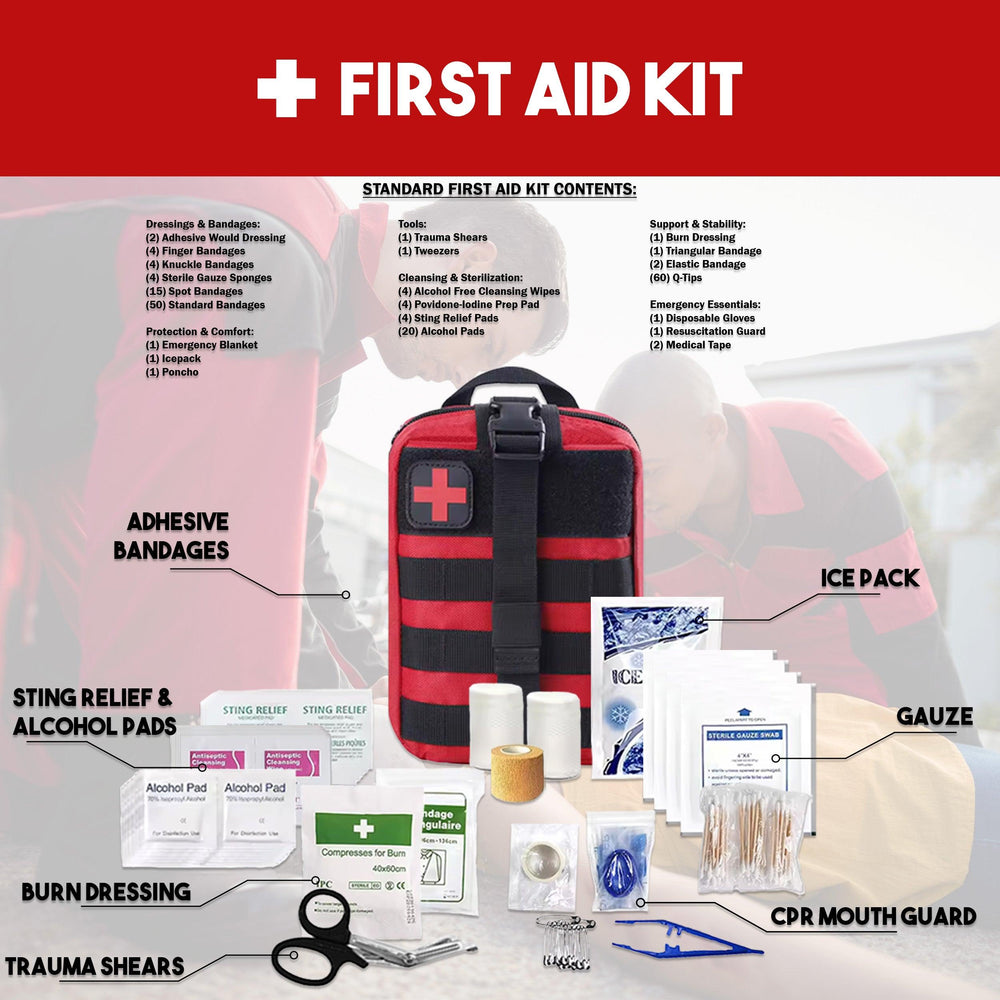
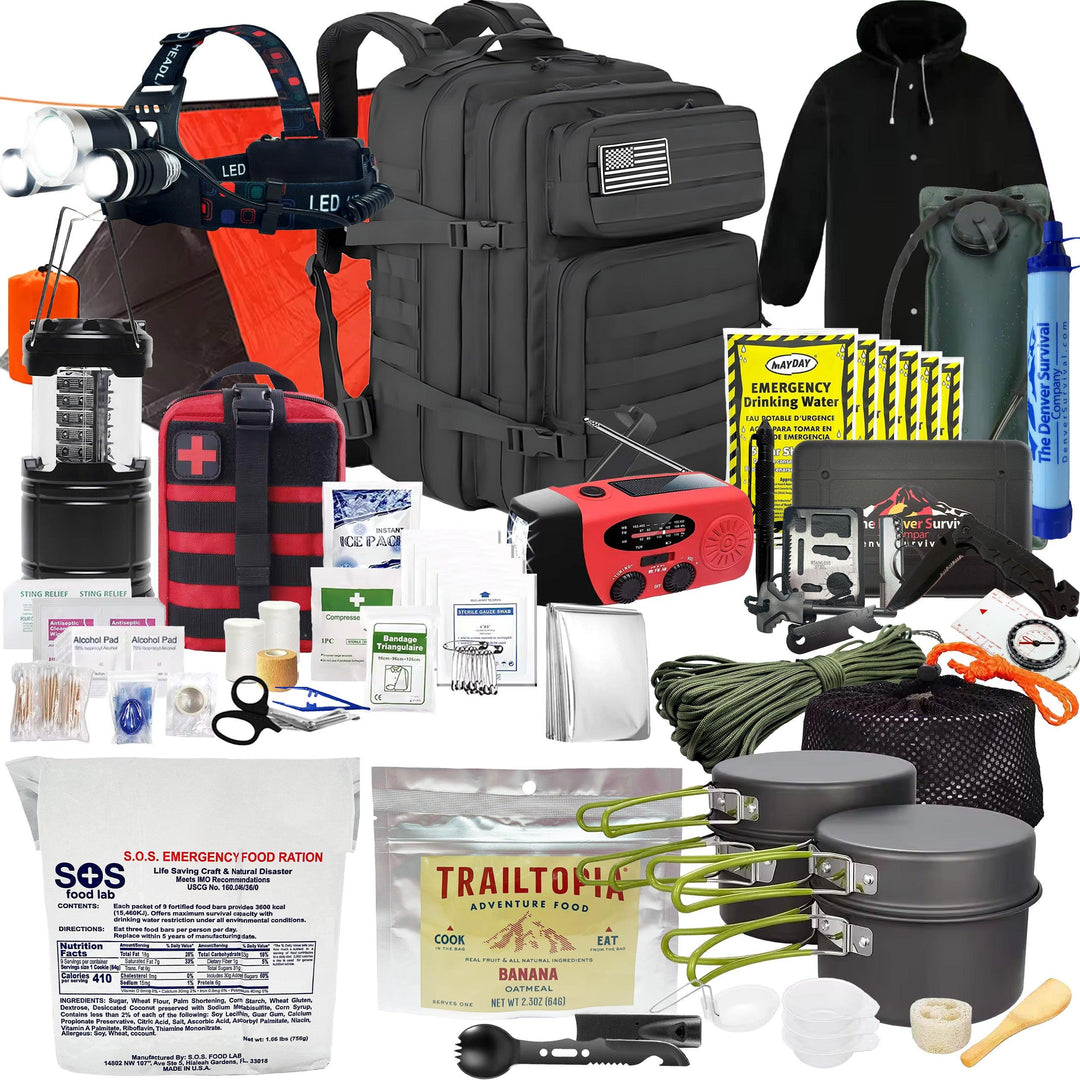
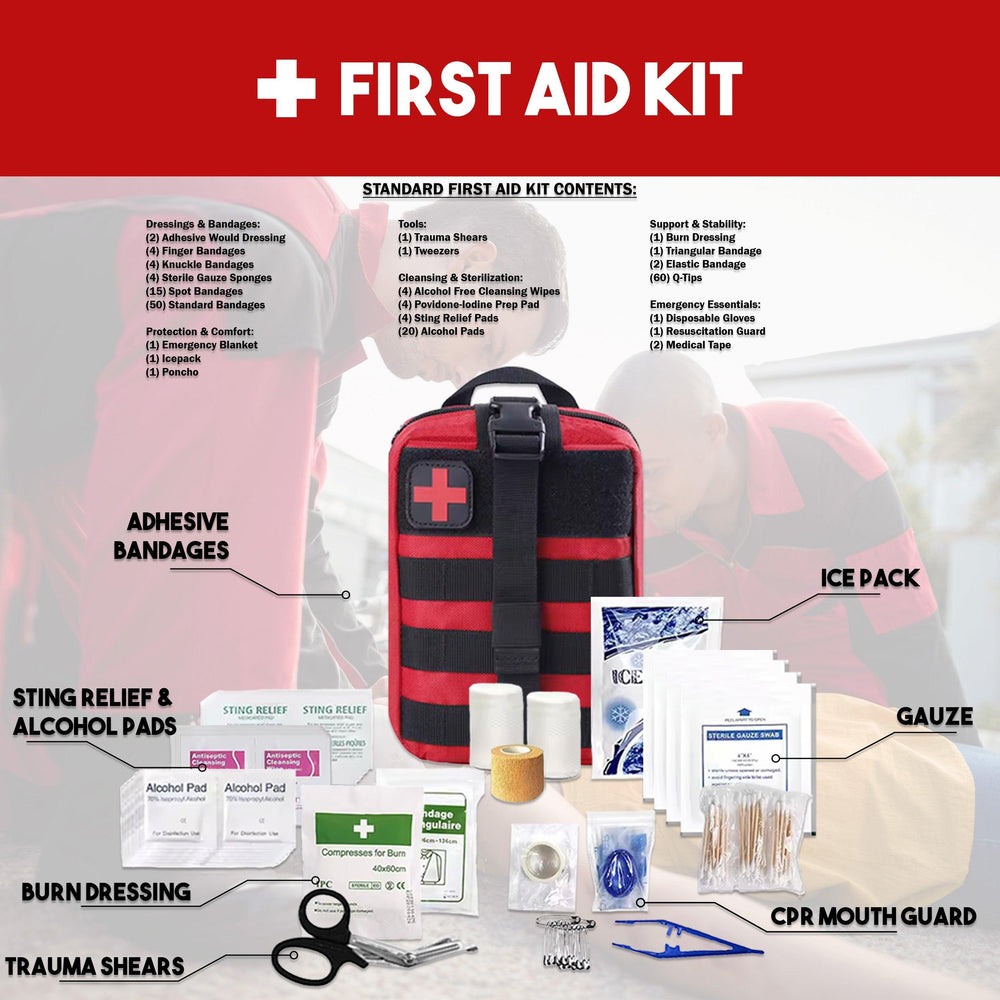
Leave a comment